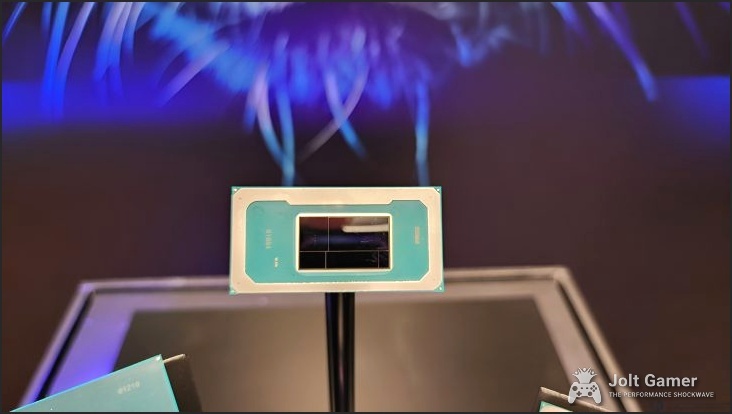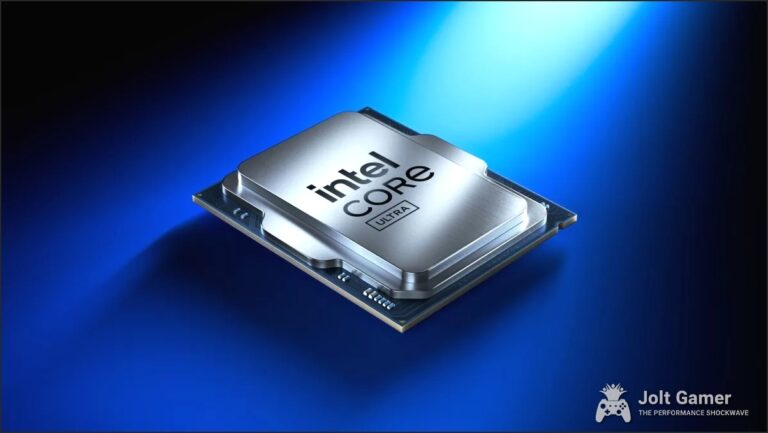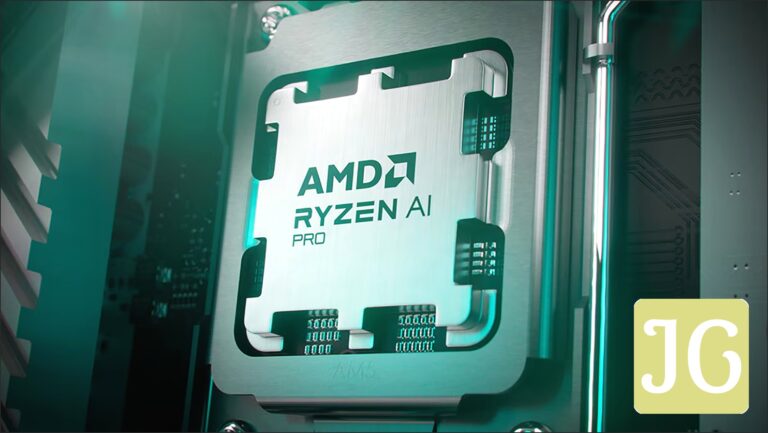Intel Panther Lake: The 18A Architecture That Could Finally Challenge AMD in Mobile Gaming (If We Ignore the AI Hype)
Authoritative, critical, and cautiously optimistic.
Key Takeaways
- Panther Lake (Core Ultra Series 3) is officially confirmed for a mainstream debut at CES 2026 (January 5th), setting the stage for Intel’s biggest mobile push in years.
- The chips leverage Intel’s cutting-edge 18A process node, integrating revolutionary RibbonFET and PowerVia technologies for unparalleled efficiency and density gains.
- The integrated Xe3 (Celestial) GPU is the star of the show, boasting internal claims of over 50% faster graphics performance compared to the preceding generation’s Lunar Lake.
- Flagship H-series SKUs feature a powerful 4 P-Core, 8 E-Core, 4 LP-E Core configuration, capable of hitting scorching turbo speeds up to 5.1 GHz.
- The platform delivers up to 180 Platform TOPS for AI acceleration, but community sentiment remains highly skeptical, viewing the aggressive ‘AI PC’ marketing push with significant caution.
The Stakes: Why Panther Lake is Intel’s Most Critical Mobile Launch in Years
The battle for mobile supremacy officially kicks off on January 5th, 2026, as Intel prepares to unveil its Core Ultra Series 3 ‘Panther Lake’ processors at CES. This is not just another annual refresh; this launch is positioned as Intel’s definitive, all-in answer to the efficiency threats posed by Apple and Qualcomm, while simultaneously attempting to dethrone AMD’s APU dominance in the critical mobile gaming and handheld sectors. Panther Lake is the cornerstone of Intel’s architectural roadmap, representing the first client System-on-Chip (SoC) built entirely upon the revolutionary Intel 18A process node. This shift is expected to deliver the efficiency needed to compete with Arm-based rivals and the performance necessary to challenge AMD’s high-end Strix Halo and Strix Point chips, making it arguably the most scrutinized mobile launch from Team Blue in over a decade.
18A: RibbonFET, PowerVia, and the New Core Architecture

Flagship Panther Lake-H (Core Ultra X9 388H) Specifications
- Process Node
- Intel 18A
- Core Configuration
- 4 P-Cores (Cougar Cove) + 8 E-Cores (Darkmont) + 4 LP-E Cores (Skymont)
- Max Boost Frequency
- 5.1 GHz
- Integrated Graphics
- 12 Xe3 Cores (Celestial Architecture)
- Base TDP
- 25W
- Max Configurable TDP (OEM)
- Up to 80W
The Gaming Advantage: Xe3’s 50% Performance Leap
While the shift to 18A and the 5.1 GHz P-Cores are impressive, the true game-changer for JoltGamer readers lies in the graphics tile. Panther Lake introduces the Xe3 (Celestial) architecture, the foundation for Intel’s upcoming dedicated GPUs. The flagship configuration scales up to 12 Xe cores—a 50% core count increase over the previous generation—and Intel’s internal testing suggests this translates to a massive 50%+ faster graphics performance compared to Lunar Lake’s Xe2. This is a critical development, positioning Panther Lake’s iGPU to rival entry-level discrete graphics cards, dramatically improving the quality of mobile gaming on thin-and-light systems. Furthermore, Intel claims a 50% ray tracing efficiency improvement, allowing XeSS 3 and hardware-accelerated ray tracing to deliver playable frame rates in demanding 3A titles like *Cyberpunk 2077*. If these claims hold true, Panther Lake represents a massive threat to AMD’s long-held dominance in the high-performance APU market.
Panther Lake vs. Key Mobile Competitors (Projected)
| Chip | Process Node | Max Cores (P+E) | iGPU Cores | Platform TOPS |
|---|---|---|---|---|
| Panther Lake (Flagship) | Intel 18A | 16 (4+8+4) | 12 Xe3 | 180 |
| AMD Strix Halo (Rumored) | TSMC 4nm | 16 (Zen 5) | 20 RDNA 3.5 | TBD (High) |
| Qualcomm Snapdragon X Elite | TSMC 4nm | 12 (Oryon) | Adreno X2 | 45 |
The Fandom Pulse: AI Hype vs. Hardware Hope
“Anything marketed with AI in it is a no go for me. TOPS means nothing if there’s no software support.”
The Panther Lake Balancing Act
Pros (Hope)
- Cutting-edge 18A process (RibbonFET/PowerVia) promises massive efficiency and density gains, finally addressing power concerns.
- Xe3 (Celestial) iGPU is a genuine architectural leap for mobile gaming, offering entry-level discrete GPU performance.
- High max turbo frequency (5.1 GHz) ensures elite single-threaded performance for competitive gaming.
- Up to 180 Platform TOPS provides ample computational headroom for future AI acceleration, provided software matures.
Cons (Hype Risk)
- Heavy ‘AI PC’ marketing risks consumer alienation and skepticism, distracting from core gaming improvements.
- CPU performance gains, while significant, are rumored to be less impressive than the GPU gains, potentially lagging rival Zen 5 cores.
- Late launch (Jan 2026) places it directly against established, highly competitive AMD and ARM platforms.
- OEM configurations (TDP up to 80W) mean real-world performance will vary wildly, making performance guarantees difficult.
Final Verdict
Panther Lake is unquestionably Intel’s strongest architectural foundation for mobile computing in a decade. The combination of the 18A node, the revolutionary power delivery system, and the sheer performance leap of the Xe3 (Celestial) iGPU suggests that Intel is finally serious about conquering the high-end mobile gaming and handheld market. However, the path to market victory is fraught with peril. The success of the Core Ultra Series 3 hinges entirely on two critical factors: first, whether Intel can deliver real-world, third-party gaming benchmarks that justify the aggressive 50% performance hype; and second, whether the market, heavily influenced by the skeptical gaming community, will look past the pervasive, and increasingly tiresome, ‘AI PC’ branding to recognize the powerful, genuinely innovative hardware underneath. CES 2026 will not just be an announcement—it will be a verdict.




